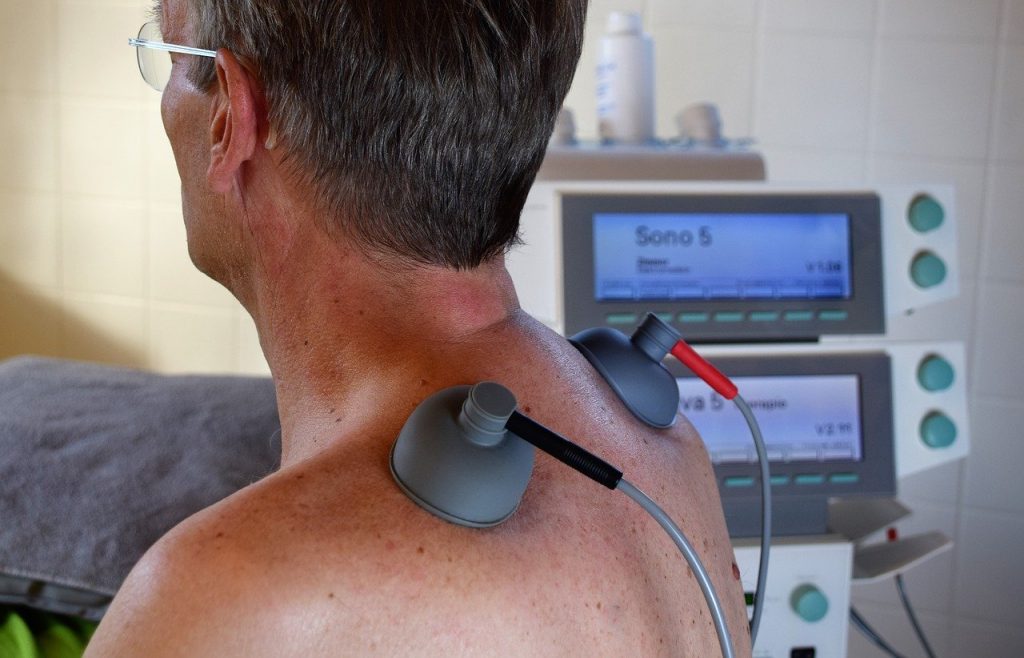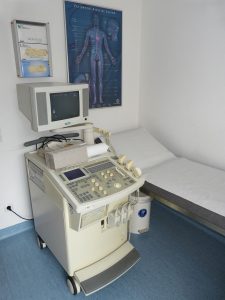According to the American Cancer Society, approximately 32,000 new cases of multiple myeloma are recorded and diagnosed every single year. Multiple myeloma is a type of cancer that basically affects the plasma cells in the bone marrow, which are highly responsible for producing antibodies to fight off infections.
When these plasma cells become cancerous, they can grow out of control and form tumors in the bones, causing damage and interfering with the production of healthy blood cells. The symptoms of multiple myeloma can vary greatly from one to another and may not be present in the early stages of the disease. But, if you’re able to recognize the signs, you can get an early diagnosis and start treatment sooner. Here are some common symptoms of multiple myeloma to be aware of.
Bone Pain
If you wake up in the morning only to be greeted by an unexpected guest, the bone pain, the chance is you may have this cancer. This unwelcome sensation can manifest as a persistent ache or sharp stabbing pains in your bones. It may start subtly, perhaps with discomfort in your back or ribs, but over time, it can intensify and spread throughout your body.
Why does it occur? When multiple myeloma lymph nodes become abnormal and accumulate in the bone marrow, they disrupt the delicate balance that keeps our skeletal system strong and healthy. As these malignant cells grow and multiply uncontrollably, they weaken the bones from within.
Fatigue, Weakness, and Infections

Living with multiple myeloma can also present a myriad of challenges. One common symptom experienced by patients is fatigue. This isn’t your run-of-the-mill tiredness; it’s an overwhelming exhaustion that makes even the simplest tasks feel like monumental feats. The constant battle against cancer takes a toll on the body, leaving patients feeling drained both physically and mentally.
Alongside fatigue, weakness often accompanies multiple myeloma. Muscles may become weaker over time due to the disease itself or as a side effect of treatments such as chemotherapy. Simple activities like walking upstairs or carrying groceries can become increasingly difficult.
Another concern for individuals with multiple myeloma is their susceptibility to infections. Cancer often weakens the immune system, making it way harder for the body to fight off harmful bacteria and viruses. Even minor infections can quickly escalate into more serious health issues if not addressed promptly.
Anemia
Anemia is another common symptom of multiple myeloma, but what exactly does it entail? Anemia occurs when there’s a decrease in red blood cell levels in your body. It can lead to fatigue and weakness feeling, as well as shortness of breath. The low oxygen-carrying capacity of the blood can make even simple tasks feel exhausting.
This type of cancer affects plasma cells in the bone marrow, which are, as mentioned, responsible for producing antibodies and other important substances. As the cancer progresses, it can interfere with the normal production of hemoglobin cells, resulting in anemia.
Kidney Problems
One of the main reasons why kidney problems occur in multiple myeloma is due to the excess production of abnormal proteins by the cancerous plasma cells. These proteins can accumulate in the kidneys and cause damage to their filtering system.
The symptoms of kidney problems may include changes in urine color or frequency, swelling in the hands or feet, high blood pressure, and fatigue. If you experience any of these symptoms, it’s important to consult your doctor right away for further evaluation.
Early Treatments

In the early stages of multiple myeloma, when symptoms may be mild or nonexistent, treatment options are available to help manage the disease and prevent it from progressing. These treatments aim to control the growth of cancer cells and alleviate symptoms, improving the patient’s quality of life.
One common approach is called watchful waiting or active surveillance. But, for patients requiring intervention, several treatment modalities are employed depending on their circumstances. Chemotherapy drugs are commonly used in combination with corticosteroids to target and kill cancer cells. Another option is targeted therapy, which focuses on specific molecules involved in cancer cell growth.…




